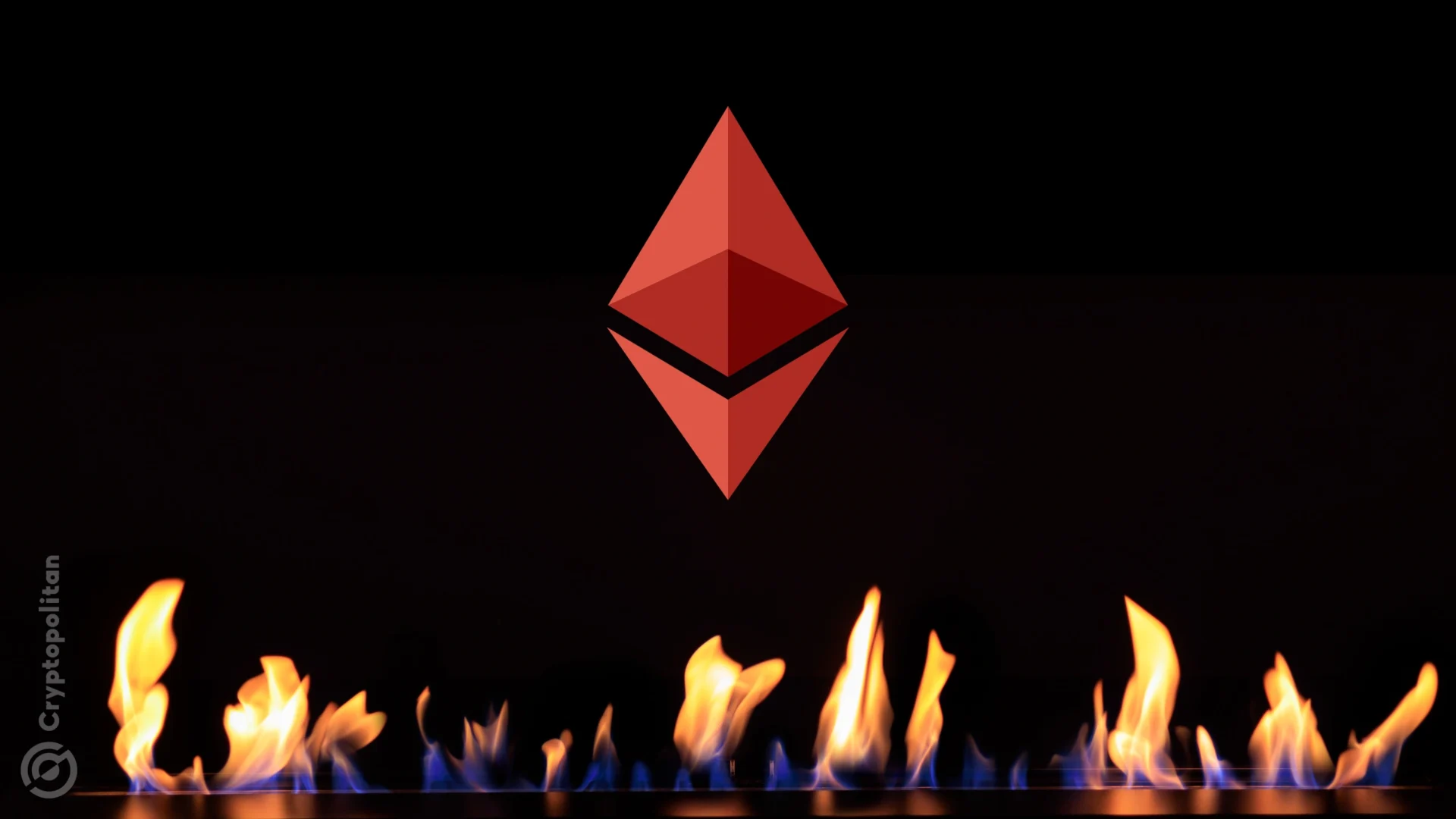Fees on Ethereum (ETH) are dropping quickly, remaining under 1 gWei for days. Low fee levels like that have not been seen even during the most bearish times for ETH.
Activity on Ethereum is low enough now, causing gas fees to stay under 1 gWei. The fees also retain those low levels and fall even further for slow or regular transactions. At one point, fees fell to as low as 0.57 gWei on average, though high-speed activities may have a higher cost.
The current fee levels are seen as an anomaly after sliding constantly since March 2024.
Fees are not a constant metric and can fluctuate, with days of dramatic spikes even during overall calm periods. Ethereum usage is not constant and may depend on NFT projects, token activities, and the effects of L2 blobs.
The current fee levels reflect the latest scalability efforts and the effects of traffic moving to Arbitrum, Optimism, Base, and other L2 chains. The current fees are still much higher compared to the early days of Ethereum. However, even the 2022 and 2023 bear markets did not see fees that low. In the past few weeks, Ethereum returned to fee levels not seen since 2020.
Periods of low fees also sometimes lead to unexpected spikes, when even a small-scale transaction may cost up to $200. Low fees are not a barrier to using Ethereum, but may be an indicator of lowered interest. One of the reasons is that speculative activity and DEX trading have shifted to Solana and Base.
Even in the bearest of bears I never expected sub-1 gwei gas for Ethereum.
To have it mid-bull/uptrend is crazy to me pic.twitter.com/35GlTCmzOg
— BREAD (@0xBreadguy) August 31, 2024
Lower ETH fees slow down burns
Low ETH fees may be good in the immediate sense, with most activities now costing under $1. While this is still much higher compared to Solana, it also means ETH is now highly usable for DEX swaps, bridging, DeFi, or NFT trades.
ETH burning started off fast, causing deflation on the network. Currently, the burn rate keeps ETH emissions closer to neutral. The sound money narrative requires a much higher burn rate, but this clashes with the idea of scaling Ethereum by moving most of the activity to L2s.
At the same time, ETH inflation inched up to 0.74%, introducing 16,996 ETH into the supply each week. Nearly 1M ETH may be produced annually at this rate. The main reason is seen as activity shifting away from the Ethereum mainnet and into L2 chains.
One of the proposals to improve ETH burning is to charge L2 more for their blob activity. Currently, blob economics only kicks in occasionally. However, blob fees are not subjected to burns; instead, they turn into validator fees.
A proposal has been raised to make blob fees rise faster, leading to increased burns.
Alright seems like @MaxResnick1 heeded my call
I fully support Turning up $ETH blob base fees 1000x up, L2’s are getting away with robbery, this will make it much easier to cross the threshold and to start burning blob fees. https://t.co/8Hs3fG5OOb pic.twitter.com/ZFPxXIMCos
— Wazz (@WazzCrypto) September 1, 2024
Currently, some L2s use blob fees aggressively, paying for higher speeds as a visibility and marketing tool. A new proposal to increase fees would mean L2s will try to optimize block space usage, but if they really need to post blobs, they will also help with the ETH burn rate.
Ethereum records value outflows
Ethereum chain notes value outflows in the past weeks, both in terms of ETH market price and a shift between balances on various protocols.
For the past three months, Ethereum has been a net donor to Arbitrum and a handful of top L2s. During that period, a net of $1.4B flowed out of Ethereum in the form of wrapped ETH, ERC-20 tokens, and stablecoins.
However, the L2 ecosystem has already locked in that liquidity, and bridging back to ETH is now rare. The current state of Ethereum means most economic activity is segregated on L2s, where native DEXs and DeFi versions operate.
Ethereum now carries around $45B in value locked after peaking at $65B in May. The biggest value outflows are from Lido and Eigen, mostly due to the crash of ETH market prices. The two staking and re-staking protocols have achieved equilibrium, with small inflows and outflows canceling out. Eigen Layer is down to $11.5B in value after a peak close to $20B.
The main net still sees around 450K daily active addresses, sticking close to the same activity level for the past few weeks.
After the outflows of value, ETH market prices also suffered. ETH slid to $2,471.25 after a recent dip for Bitcoin (BTC) to $57,000. The sentiment for both coins is subdued, and a deeper correction is potentially expected.
Cryptopolitan reporting by Hristina Vasileva





